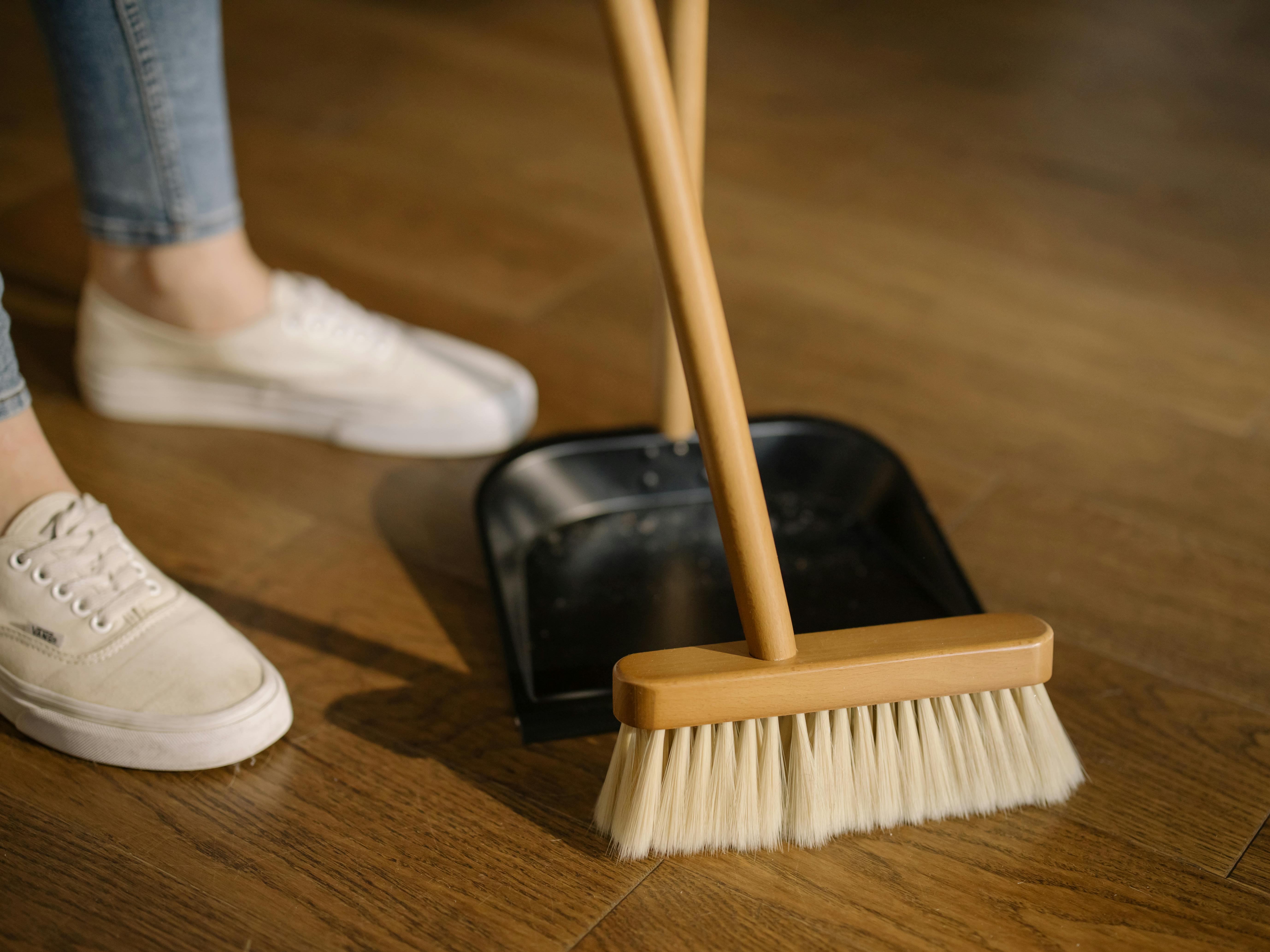
Making the switch to eco-friendly cleaning products isn't just better for the environment—it's safer for your family, pets, and indoor air quality. This comprehensive guide will help you navigate the world of green cleaning and choose products that actually work.
Why Choose Eco-Friendly Cleaning Products?
Traditional cleaning products often contain harsh chemicals that can cause respiratory issues, skin irritation, and contribute to indoor air pollution. Eco-friendly alternatives use plant-based ingredients and biodegradable formulas that are just as effective without the health risks.
Health Benefits of Green Cleaning
- • Reduced exposure to toxic fumes and chemicals
- • Better indoor air quality
- • Safer for children and pets
- • Less risk of skin and respiratory irritation
- • Environmentally sustainable
Essential Eco-Friendly Cleaning Ingredients
White Vinegar
One of the most versatile natural cleaners, white vinegar cuts through grease, removes soap scum, and eliminates odors. Its acidity makes it perfect for dissolving mineral deposits and killing bacteria.
Best uses: Glass cleaning, removing hard water stains, deodorizing, and general surface cleaning.
Baking Soda
This gentle abrasive is excellent for scrubbing without scratching surfaces. It also neutralizes odors and can be combined with other ingredients for enhanced cleaning power.
Best uses: Scrubbing sinks and tubs, deodorizing carpets, cleaning ovens, and removing stains.
Castile Soap
Made from plant oils, castile soap is biodegradable and gentle yet effective for cleaning various surfaces. It's particularly good for those with sensitive skin.
Best uses: All-purpose cleaning, dish washing, laundry, and personal care.
Essential Oils
Beyond their pleasant scents, many essential oils have antimicrobial properties. Tea tree, lavender, and lemon oils are particularly effective for cleaning applications.
DIY All-Purpose Cleaner Recipe
Ingredients:
- • 2 cups warm water
- • 1/2 cup white vinegar
- • 1/4 cup rubbing alcohol
- • 1-2 drops dish soap
- • 10-15 drops essential oil
Instructions:
- 1. Combine all ingredients in spray bottle
- 2. Shake well before each use
- 3. Test on small area first
- 4. Safe for most surfaces
What to Look for When Buying Green Products
Certifications to Trust
- EPA Safer Choice: Products meet strict safety criteria
- Green Seal: Independent verification of environmental standards
- EcoLogo: Multi-attribute environmental certification
- USDA Organic: For products with organic ingredients
Ingredients to Avoid
- • Ammonia and chlorine bleach
- • Phosphates and phthalates
- • Synthetic fragrances
- • Triclosan and other antimicrobials
- • Volatile organic compounds (VOCs)
Reading Labels Like a Pro
Look for products that list all ingredients clearly. Avoid vague terms like "fragrance" or "surfactants" without specifics. The best eco-friendly products are transparent about their formulations.
Room-by-Room Green Cleaning Guide
Kitchen
The kitchen requires products that can handle grease and food residue while being safe around food preparation areas.
- • Degreasing dish soap for surfaces and dishes
- • Baking soda paste for stubborn stains
- • Vinegar solution for appliances and counters
- • Lemon for cutting boards and freshening
Bathroom
Bathrooms need products that can tackle soap scum, mildew, and mineral deposits without harsh fumes in enclosed spaces.
- • Vinegar-based cleaners for shower doors and fixtures
- • Baking soda for scrubbing tubs and toilets
- • Tea tree oil for mold and mildew prevention
- • Hydrogen peroxide for disinfecting
Living Areas
Focus on products that clean effectively while maintaining good indoor air quality where you spend the most time.
Common Myths About Green Cleaning
Myth: "Natural products don't disinfect effectively"
Truth: Many natural ingredients like vinegar, hydrogen peroxide, and certain essential oils have proven antimicrobial properties that effectively kill germs and bacteria.
Myth: "Green products are always more expensive"
Truth: While some eco-friendly products cost more upfront, many DIY solutions using basic ingredients like vinegar and baking soda are extremely cost-effective.
Myth: "If it's natural, it's automatically safe"
Truth: Natural doesn't always mean safe. Some natural substances can be irritating or toxic. Always read labels and use products as directed.
Making the Transition
You don't need to replace all your cleaning products at once. Start with one or two products and gradually build your green cleaning arsenal as you run out of conventional cleaners.
Safety Tip
Never mix different cleaning products, even natural ones. Some combinations can create dangerous reactions. When in doubt, use one product at a time and rinse thoroughly between applications.
Professional vs. DIY Green Cleaning
While DIY solutions work well for regular maintenance, professional green cleaning services have access to commercial-grade eco-friendly products and equipment that can achieve deeper cleaning results. They also have the expertise to know which products work best for specific situations and surfaces.
Conclusion
Switching to eco-friendly cleaning products is one of the easiest ways to create a healthier home environment. Whether you choose to make your own cleaners or purchase certified green products, you'll be reducing your family's exposure to harmful chemicals while protecting the environment.
Remember, effective green cleaning is about using the right products for the right job and understanding that sometimes it may take a little more time or effort to achieve the same results as harsh chemicals—but the benefits to your health and the environment make it worthwhile.

Namugosa Mariam
Co-Founder & CEO, Demari Cleaning Company
Passionate about eco-friendly cleaning solutions, Namugosa has been researching and implementing green cleaning practices for over 8 years, helping families create healthier home environments.


